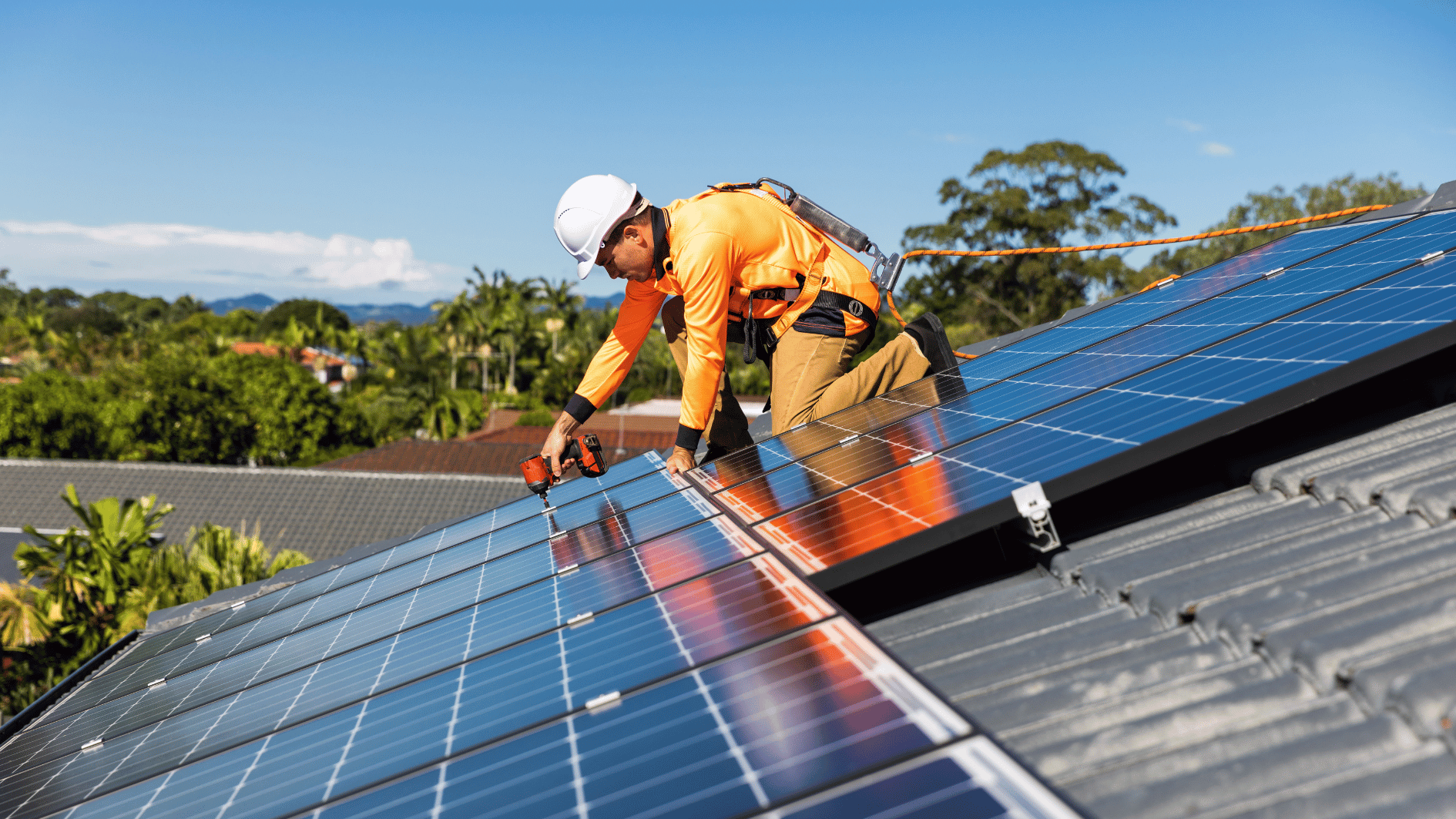Image: Canva.com
Alaskans looking to invest in solar panels or other renewable energy infrastructure for their homes will likely have some new options in the next few years. The state is setting up a new “green bank” that aims to help Alaskans keep their power costs down and speed the transition to renewable energy.
The legislation creating Alaska’s green bank hasn’t been signed into law yet — it’s awaiting a few final checks before Gov. Mike Dunleavy’s signature — but Chris Rose, who has led the nonprofit Renewable Energy Alaska Project for two decades, is excited.
“I think the green bank can actually play a pretty big role in helping people get upfront capital to do the kinds of projects that they want to do, but they just don’t have that money,” Rose said in a phone interview.
It’s not a new concept. States like Connecticut and Hawaii have been using green banks to encourage renewable energy development for years. Massachusetts just started one last year.
And for now, it’s hard to say what Alaska’s program will look like. But Rose said one goal is making it less risky to lend out cash for renewable energy projects, and in turn, making it cheaper and easier for people to get loans. And once a home or business owner has the money to invest up front, Rose said, that unlocks a wealth of federal incentives — like large tax credits on things like solar panels, heat pumps and weatherization.
“But you can’t get a tax incentive or a tax credit or a rebate from the federal government if you don’t spend the money in the first place,” he said.
That takes different forms in different places. For instance, Hawaii’s green bank, the Hawaii Green Infrastructure Authority, started by directly financing solar arrays on the roofs of low- to moderate-income households, renters, nonprofits and small businesses, especially folks who didn’t qualify for regular loans.
Executive Director Gwen Yamamoto Lau said Hawaii’s green bank doesn’t even have to run credit checks anymore, thanks to its Green Energy Money Saver program. Essentially, it takes what you’re currently paying for electricity, cuts it by at least 5%, and splits the rest between your remaining power bill and a loan on new rooftop solar panels.
“They just continue paying their utility bill, and the utility then will transfer the loan payment to us,” she said by phone.
That takes a lot of lenders’ risk out of the equation, she said — your ability to repay the loan isn’t based on your income, but rather how much energy you wind up saving.
And there’s lots of federal help out there, too. Green banks around the country got a major boost with the 2022 Inflation Reduction Act. Vice President Kamala Harris said at an event last month announcing $20 billion in green bank funding that the approach allows communities to determine what they need.
And it’s as good a time as any for Alaska to join in, says Bryan Butcher, the head of the Alaska Housing Finance Corporation, which will house the green bank.
“In some of the other state green banks, we’re seeing opportunities to match $1 from the Green Bank to $6 or $7 from different other areas, whether from the private sector (or) from other government entities,” he said by phone.
And Alaska’s green bank likely won’t be restricted to smaller projects like rooftop or small-scale solar, Butcher said.
“I think we see this as an opportunity to to have large projects on a commercial scale as well as potentially smaller projects,” he said.
But he said Alaskans should temper their expectations — the green bank won’t be a silver bullet for the state’s energy needs. It’ll likely take the rest of the year just to stand up the green bank itself, and it’s not clear when the first loan might be issued. But it’s a step in the right direction, he said.
“This is going to be a good step forward to accomplish a lot of positive things. That’s a good thing,” he said. “But if the expectation is this does everything for everybody, like anything, I think we’re going to fall short of that.”
In the meantime, Butcher said the housing finance agency is gearing up to distribute its share of a $125 million federal grant aimed at expanding rooftop and community solar projects for low-income and disadvantaged communities around the state. He said he expects funding to be available later this summer.
Source: Alaska Public Media





